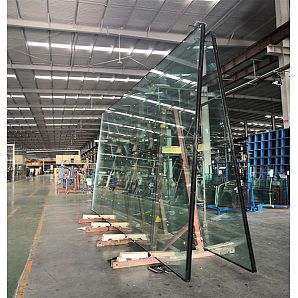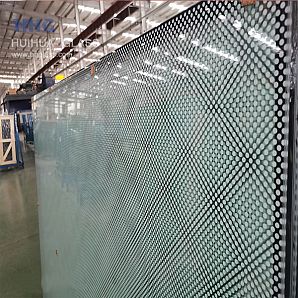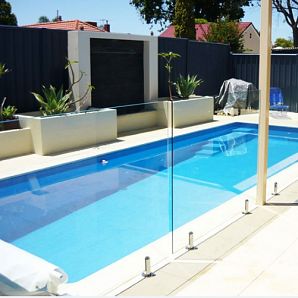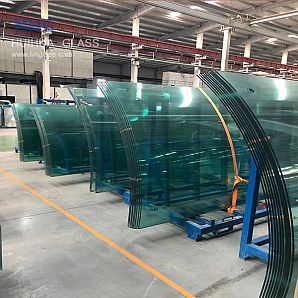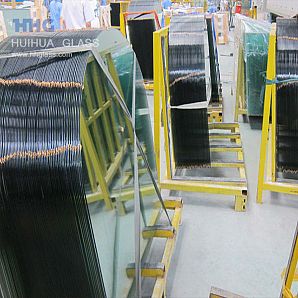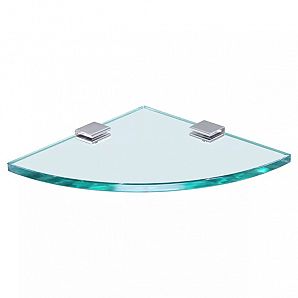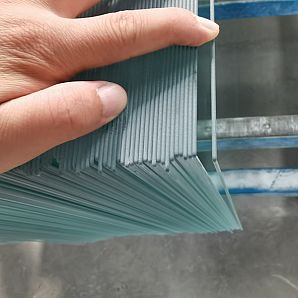Principle: Most of the existing FRP processes are heated by electric heating wire, and convection is the main way of heat transfer. If infrared heating technology is applied to tempered glass production, the heat transfer mode will be mainly radiation. According to the theoretical calculation, the radiation heat transfer is 7.9 times of the convective heat transfer in the tempering temperature range of 650-700 degrees. It is obvious that the infrared heater can save energy in the heating process.
Tempered glass
Infrared radiation heater is based on the fact that many materials are easy to absorb infrared radiation. It transforms general thermal energy into infrared radiation energy, radiates directly to the heated object, causes the resonance of the molecule of the object, so as to heat the object to the required temperature with lower energy and faster speed. Infrared rays that can penetrate the atmosphere are generally divided into three bands: near infrared band 1-2.5 micron; medium infrared band 3-5 micron; far infrared band 8-13 micron.
The energy-saving effect of ordinary infrared heater is still not significant because of the wide range of radiation wavelength. In order to improve the thermal efficiency, the radiation wavelength of the infrared radiation heater must be consistent with the absorption wavelength range of the heated material. Therefore, the effective absorption wavelength of the heated material must be found first. Each material has its own special absorption characteristics, that is, its absorption of heat energy at a certain wavelength is higher than that at other bands. According to some data, the effective absorption wavelength range of glass is 2.4-6 micron in general processing technology, and 2.7-3 micron in tempered glass heating process. This is basically in the mid-infrared band and slightly near the near infrared region, which corresponds to 704-843 degrees. If this temperature is not reached, glass can not be tempered well; beyond this temperature, heat energy will be wasted.
The second is to find suitable infrared radiation heater. Tungsten filament vacuum tube can radiate near infrared radiation with different wavelength, so it is not suitable for tempered glass process. Silicon carbide is a long-wavelength far-infrared radiation heater, which not only does not correspond to the wavelength, but also has low thermal efficiency and is not suitable. Quartz glass and ceramic infrared heaters can radiate mid-infrared radiation, so they are more suitable. Different kinds of quartz glass have different heater structures and infrared radiation wavelength. According to the infrared absorption characteristics of tempered glass, it is a very important problem to select and develop suitable quartz glass and infrared heater with suitable structure. Only in this way can the infrared radiation wavelength of quartz glass heater be adjusted to adapt to the infrared absorption characteristics of tempered glass, so as to achieve the purpose of improving thermal efficiency.

